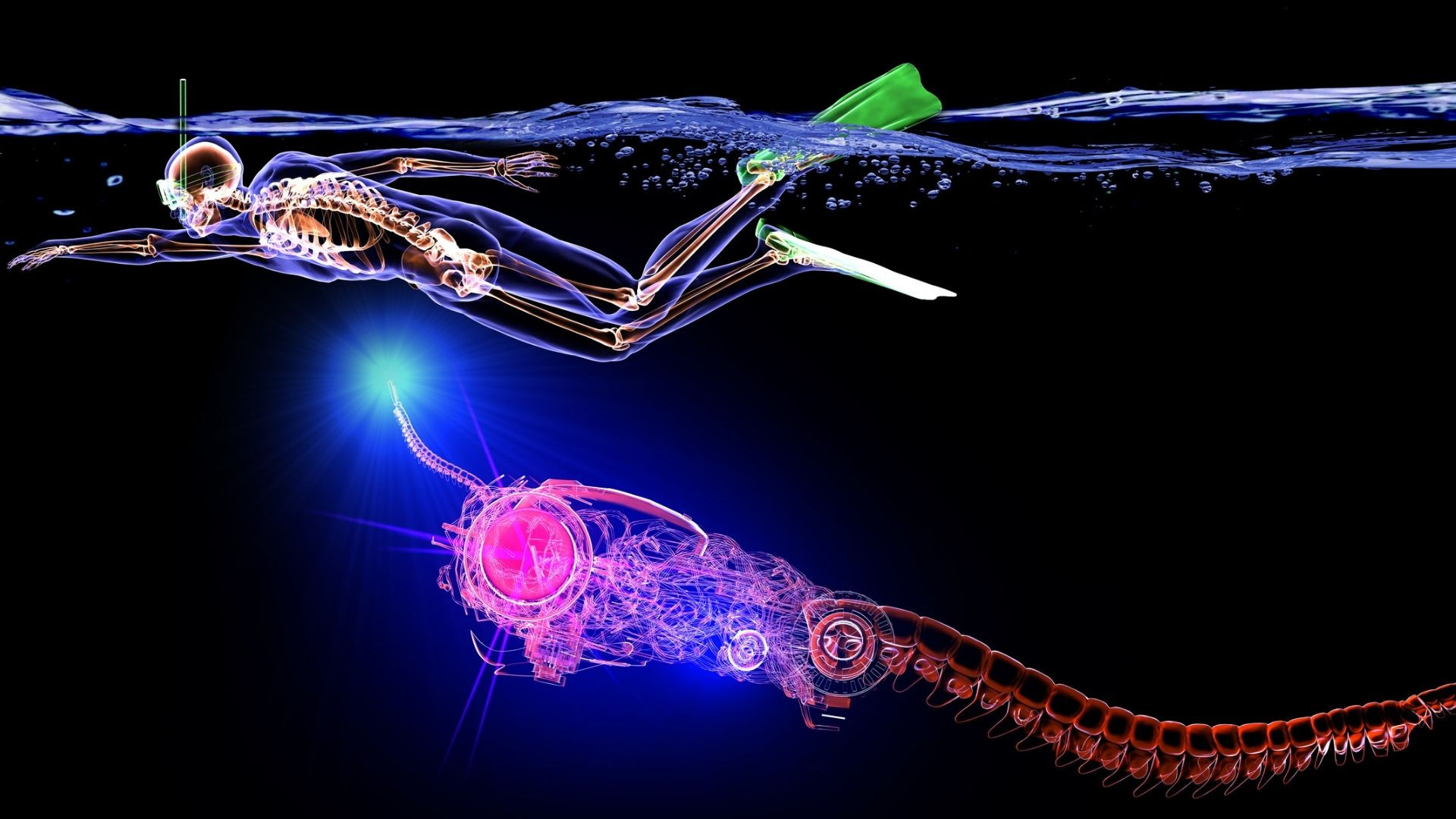
North Carolina State University (NC State) has developed an energy-efficient soft robot that can swim more than four times faster than previous swimming soft robots. The bio-inspired robots – called “butterfly bots” – were inspired by the biomechanics of manta rays.
“To date, swimming soft robots have not been able to swim faster than one body length per second, but marine animals – such as manta rays – are able to swim much faster, and much more efficiently,” says Jie Yin, corresponding author of a paper on the work. “We wanted to draw on the biomechanics of these animals to see if we could develop faster, more energy-efficient soft robots. The prototypes we’ve developed work exceptionally well.”
The team at NCSU developed two types of butterfly bots: one specifically built for speed and capable of reaching average speeds of 3.74 body lengths per second; and a second type designed to be highly maneuverable, with the capability of making sharp turns to the right or left. This maneuverable prototype was able to reach speeds of 1.7 body lengths per second.
“Researchers who study aerodynamics and biomechanics use something called a Strouhal number to assess the energy efficiency of flying and swimming animals,” says Yinding Chi, first author of the paper. “Peak propulsive efficiency occurs when an animal swims or flies with a Strouhal number of between 0.2 and 0.4. Both of our butterfly bots had Strouhal numbers in this range.”
The butterfly bots derive their swimming power from their wings, which are bi-stable – having two stable states. The bistable wings are attached to a soft, silicone body. Users control the switch between the two stable states in the wings by pumping air into chambers inside the soft body, which bends up and down as it inflates and deflates. This forces the wings to snap back and forth with it.
“This work is an exciting proof of concept, but it has limitations,” Yin says. “Most obviously, the current prototypes are tethered by slender tubing, which is what we use to pump air into the central bodies. We’re currently working to develop an untethered, autonomous version.”
